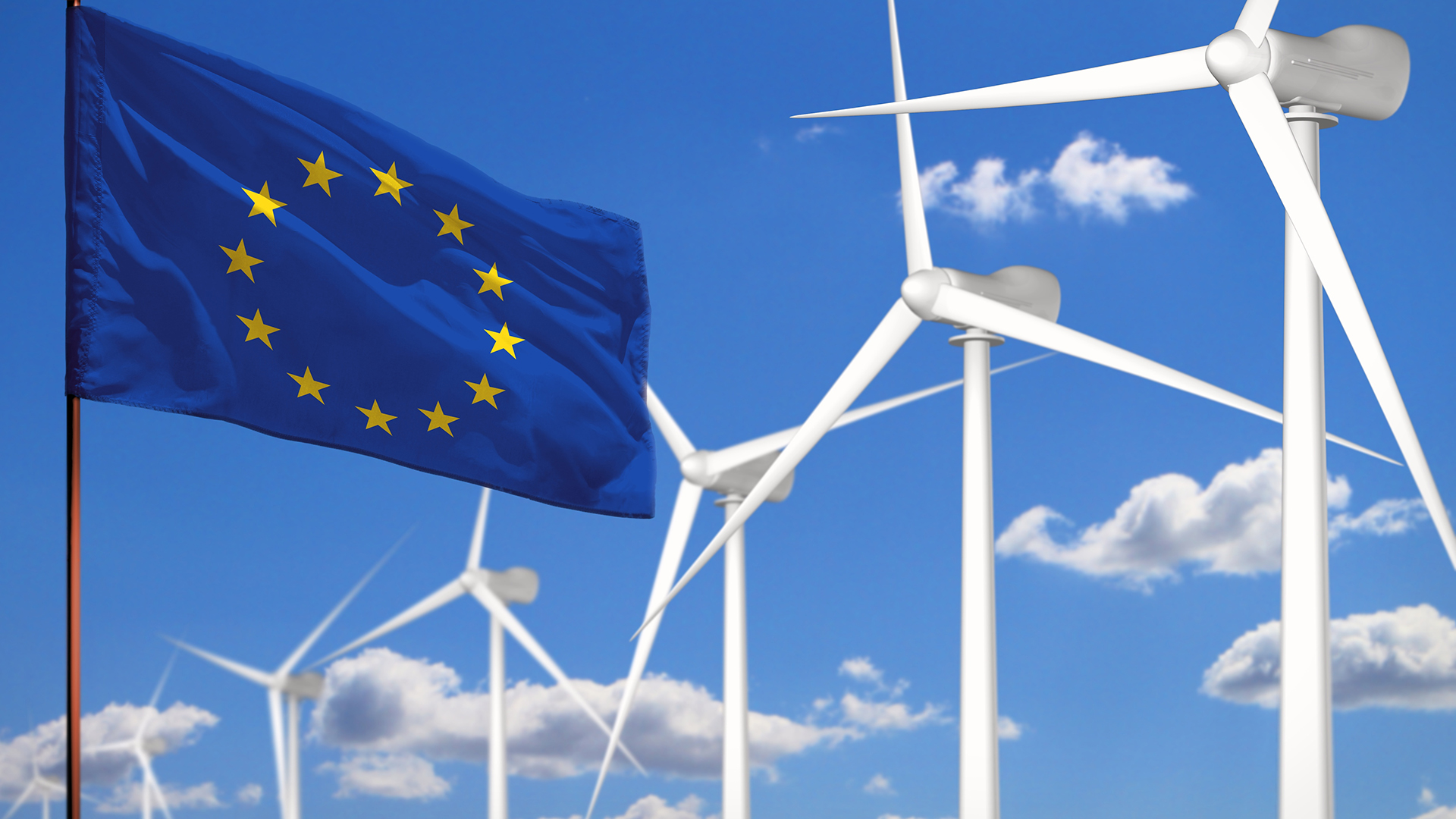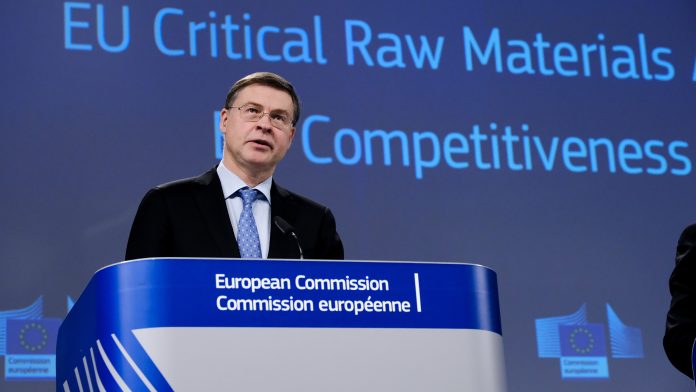The European Council has reached a significant milestone today by adopting the Critical Raw Materials Act.
The Critical Raw Materials Act aims to establish a robust framework ensuring a secure and sustainable supply of critical raw materials crucial for various sectors, including the green and digital transitions, as well as defence and space industries.
Once signed by the President of the European Parliament and the President of the Council, the regulation will be published in the Official Journal of the European Union.
It will enter into force on the twentieth day following its publication, signalling a significant stride towards securing the EU’s access to critical raw materials.
Jo Brouns, Flemish Minister for Economy, Innovation, Work, Social Economy and Agriculture, explained the significance of the act: “With the Critical Raw Materials Act, we want to turn the challenges of our dependencies into strategic autonomy and an opportunity for our economy.
“This legislative act will boost our mining sector, enhance our recycling and processing capacities, create local and good quality jobs, and ensure that our industry is up and ready for the digital and green transitions.”
Importance of raw materials supply chains for the EU
The EU’s economic wellbeing hinges on reliable access to raw materials. These materials form the foundation of countless goods and technologies, from everyday items to renewable energy systems. The EU faces a growing concern: securing a steady supply of certain critical raw materials.
Critical raw materials are essential for the EU’s economy but are at risk of supply disruptions. This can be due to limited sources or heavy reliance on a single supplier. To address this, the EU is prioritising resilient raw material supply chains.

One key reason is the green transition. As the EU moves away from fossil fuels, demand for critical raw materials like lithium for batteries will soar. A secure supply is crucial for building a clean energy infrastructure and meeting climate goals.
The EU’s Critical Raw Materials Act reflects this urgency. It aims to diversify supply sources, reduce reliance on single suppliers, and promote recycling to lessen dependence on virgin materials.
Clear guidelines and benchmarks
One of the key features of the Critical Raw Materials Act is the introduction of clear deadlines for permit procedures concerning EU extraction projects. Additionally, the Act allows the Commission and Member States to designate projects strategically, mandates supply-chain risk assessments, and necessitates national exploration plans from member states.
Moreover, ambitious benchmarks have been set to guarantee the EU’s access to critical and strategic raw materials, focusing on extraction, processing, recycling, and diversification of import sources.
Identification of critical materials
The Critical Raw Materials Act identifies two crucial lists of materials: 34 critical and 17 strategic. These materials play pivotal roles in enabling crucial transitions and industries.
The act also establishes three benchmarks for the EU’s annual consumption of raw materials: 10% from local extraction, 40% to be processed within the EU, and 25% to originate from recycled materials.
To expedite the development of strategic projects, member states are tasked with creating single points of contact at relevant administrative levels throughout the critical raw materials value chain.
Extraction projects are expected to receive permits within a maximum period of 27 months, while recycling and processing projects should obtain permits within 15 months, with limited exceptions aimed at ensuring community engagement and proper environmental assessments.
Supply chain risk assessment
Large companies manufacturing strategic technologies, such as batteries, hydrogen, or renewable generators, will be required to conduct risk assessments of their supply chains to identify vulnerabilities, enhancing resilience in critical sectors.
As the EU embraces the Critical Raw Materials Act, it sets a precedent for proactive resource management and resilience-building in the face of evolving global dynamics.
By fostering innovation, promoting sustainable practices, and diversifying supply chains, the EU aims to safeguard its economic prosperity and advance its transition towards a greener future.









